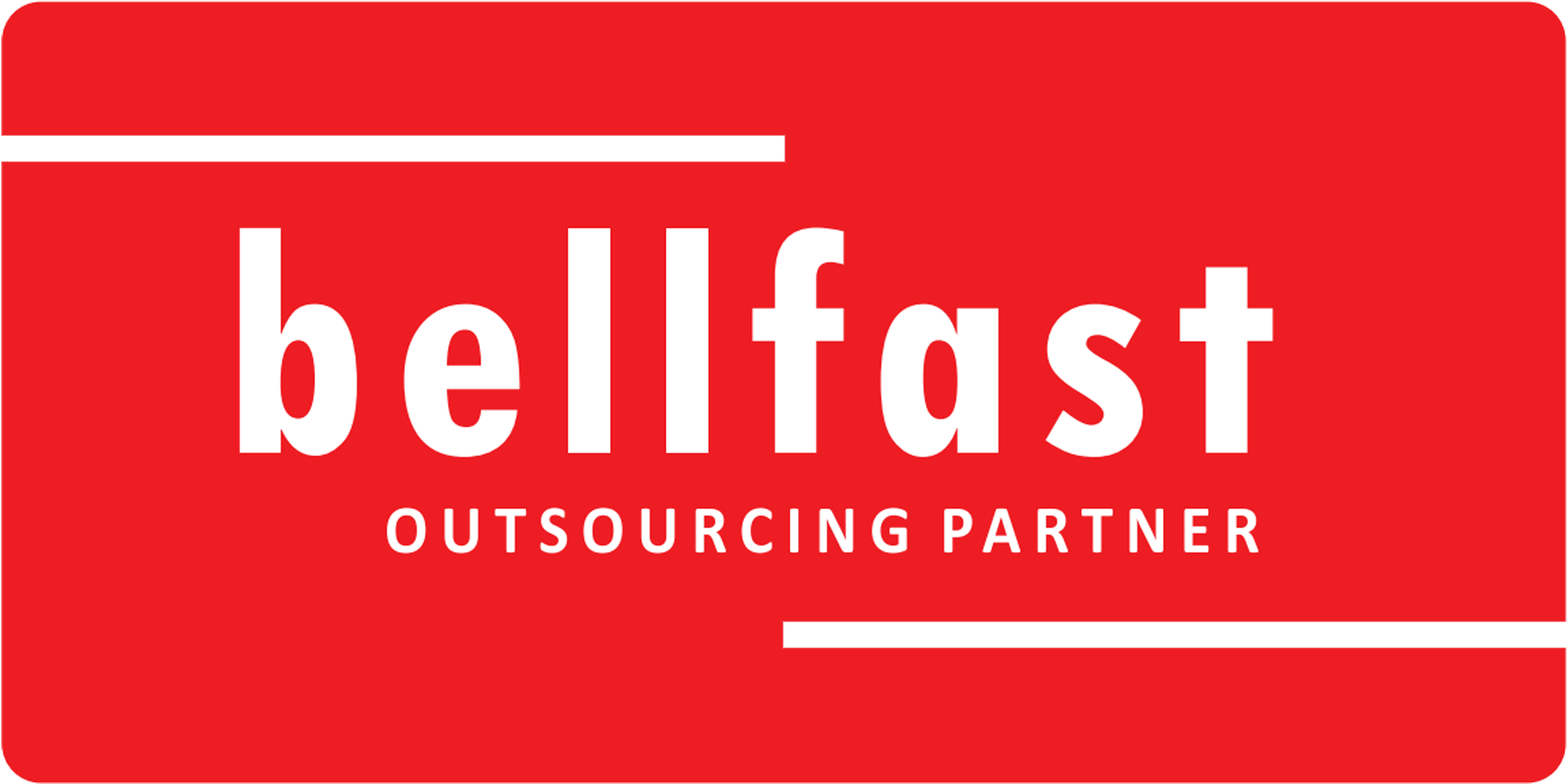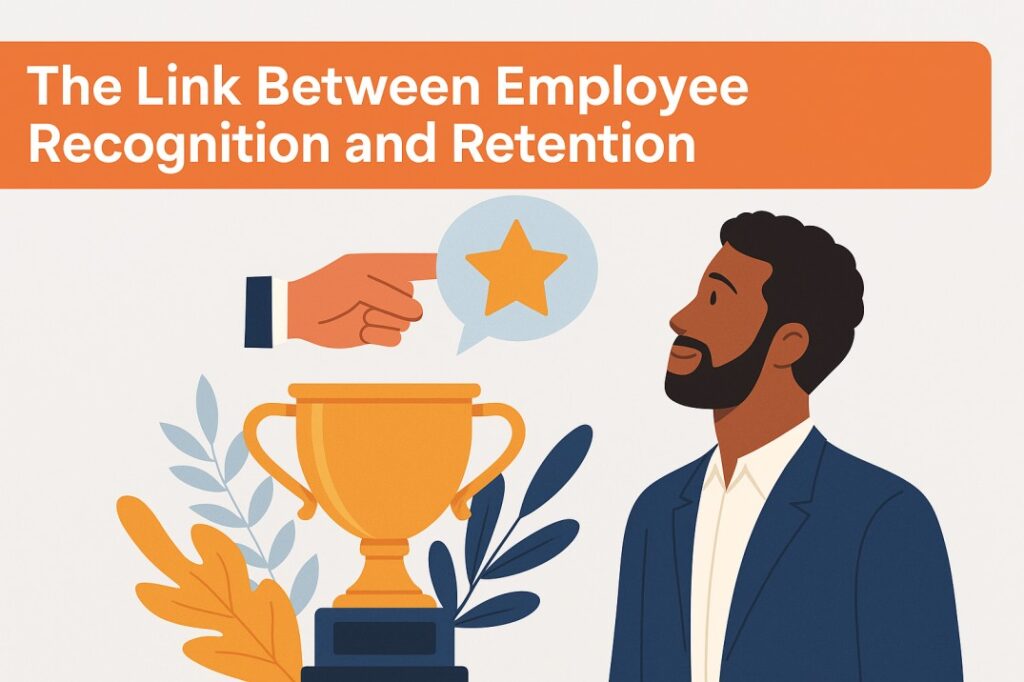In today’s competitive job market, attracting and retaining top talent has become one of the most pressing challenges for organizations. While compensation, benefits, and work-life balance continue to play vital roles, one often underestimated factor in employee retention is recognition. The connection between employee recognition and retention is powerful and proven—employees who feel valued are significantly more likely to stay, contribute, and thrive within a company.
Understanding Employee Recognition
Employee recognition refers to the act of acknowledging and appreciating an individual’s efforts, accomplishments, and contributions to an organization. It can take many forms—from a simple “thank you” or public praise to formal rewards, promotions, and performance-based incentives.
Recognition is more than just a feel-good gesture. When delivered consistently and meaningfully, it reinforces behaviors that align with organizational values, strengthens team morale, and boosts engagement. In fact, companies with effective recognition programs enjoy higher productivity, lower turnover, and more satisfied employees.
Why Retention Matters More Than Ever
Employee turnover is expensive and disruptive. Replacing an employee can cost an organization anywhere from 50% to 200% of the employee’s annual salary when considering recruitment, training, and lost productivity. High attrition rates also impact team dynamics, client relationships, and company reputation.
As younger generations enter the workforce, their expectations around purpose, growth, and appreciation are reshaping organizational priorities. They want more than a paycheck; they seek meaning, feedback, and recognition. Failing to meet these expectations can lead to disengagement and, ultimately, attrition.
The Psychological Impact of Recognition
Recognition taps into a fundamental human need: the need to feel seen, heard, and appreciated. According to Maslow’s hierarchy of needs, esteem—which includes respect, recognition, and achievement—is a core motivator of human behavior.
When employees receive regular, sincere recognition, it:
- Boosts self-esteem and confidence
- Validates their contributions and strengths
- Increases job satisfaction
- Strengthens emotional connection to the organization
These psychological benefits translate into real-world outcomes. Engaged employees are more productive, more loyal, and more likely to speak positively about their workplace.
Recognition and Its Direct Impact on Retention
Numerous studies have shown a strong link between recognition and employee retention:
- A Gallup study found that employees who receive regular recognition are 5 times more likely to stay at their jobs.
- Research by Deloitte revealed that companies with recognition programs had 31% lower voluntary turnover than those without.
- SHRM found that 68% of HR professionals agreed that recognition programs positively impact retention.
When employees feel that their work is valued, they are more likely to develop a sense of loyalty and commitment to their organization. On the other hand, a lack of recognition often leads to disengagement, burnout, and eventual exit.
Types of Employee Recognition
To effectively link recognition with retention, organizations must offer a mix of formal and informal recognition methods. Here are some key types:
1. Peer-to-Peer Recognition
Encouraging employees to recognize each other fosters a sense of community and shared responsibility. Tools like digital shout-outs, Slack channels, or “kudos walls” help promote positive reinforcement among colleagues.
2. Manager-Led Recognition
Recognition from a direct supervisor carries a lot of weight. A personal note, public praise in meetings, or acknowledging a team member’s success during a performance review can go a long way.
3. Organizational Recognition Programs
These include structured programs like Employee of the Month, service awards, or performance bonuses. When these programs are transparent and aligned with company values, they reinforce the right behaviors and create a culture of appreciation.
4. Real-Time Recognition
Timely feedback is crucial. Waiting until the annual review to appreciate someone’s contributions can diminish its impact. Instant or regular praise encourages continued effort and progress.
Building a Culture of Recognition
Recognition should be more than just an HR initiative; it should be embedded in the culture. Here’s how organizations can create a recognition-rich environment:
1. Start from the Top
Leadership buy-in is essential. When executives and senior leaders actively recognize and appreciate employees, it sets the tone for the rest of the organization.
2. Make It Specific and Personal
Generic praise like “good job” doesn’t have the same impact as detailed, personalized recognition. Calling out specific achievements shows genuine appreciation.
3. Ensure Fairness and Inclusion
Recognition must be equitable. Favoritism or inconsistency can breed resentment. It’s important to ensure that recognition is inclusive across all departments, levels, and roles.
4. Use Technology to Scale
Digital recognition platforms and tools can help automate and personalize the process, especially for remote or distributed teams.
5. Measure Impact
Track metrics like employee engagement scores, turnover rates, and feedback from exit interviews to assess the effectiveness of your recognition strategy.
The Role of Managers in Driving Retention Through Recognition
Managers are often the closest point of contact between the organization and the employee. Their role in recognition is pivotal. When managers make recognition a regular part of their leadership style, employees are more likely to feel supported and valued.
Managers can:
- Set weekly or monthly recognition goals
- Celebrate team milestones
- Give shout-outs during team meetings
- Encourage peer recognition within their teams
Training managers on how to give meaningful feedback and appreciate efforts is crucial to reinforcing a culture of recognition.
Recognition in Remote and Hybrid Work Environments
With the rise of remote and hybrid work, maintaining visibility and connection is more challenging. Recognition becomes even more important in these settings.
Tips for recognizing remote employees:
- Use virtual platforms to send personalized messages or celebrate wins
- Include recognition segments in video meetings
- Send physical thank-you notes or care packages to home addresses
- Highlight achievements in company-wide newsletters or Slack channels
Industry Examples of Recognition Impacting Retention
Google: Known for its people-first culture, Google implements a variety of recognition methods—including peer bonuses, kudos systems, and regular manager feedback—that have contributed to its low attrition rates.
Zappos: Zappos has a peer-to-peer recognition system where employees can earn points that are redeemable for rewards. This culture of appreciation has helped maintain high levels of employee engagement and loyalty.
Infosys (India): Infosys integrates recognition into its performance system and regularly celebrates milestones and individual contributions. This has been instrumental in employee satisfaction and retention.
Challenges in Implementing Recognition Programs
Despite the benefits, many organizations struggle to implement effective recognition programs. Common challenges include:
- Lack of budget or resources
- Inconsistent execution across departments
- Poor communication of program goals
- Misalignment with company values or goals
To overcome these challenges, organizations must:
- Prioritize recognition in strategic planning
- Allocate dedicated resources and tools
- Involve employees in program design
- Regularly review and refine recognition efforts
Conclusion: Recognition is a Retention Superpower
In an era where employees have more choices and higher expectations, recognition is no longer optional—it’s essential. It’s a powerful, low-cost tool that boosts morale, enhances engagement, and most importantly, reduces turnover.
By embedding recognition into the culture, empowering managers to lead with appreciation, and ensuring it’s personalized, timely, and inclusive, organizations can create an environment where employees feel valued, motivated, and inspired to stay.
Retention doesn’t happen by accident. It’s built through everyday actions—and recognition is one of the most impactful steps in that journey.

